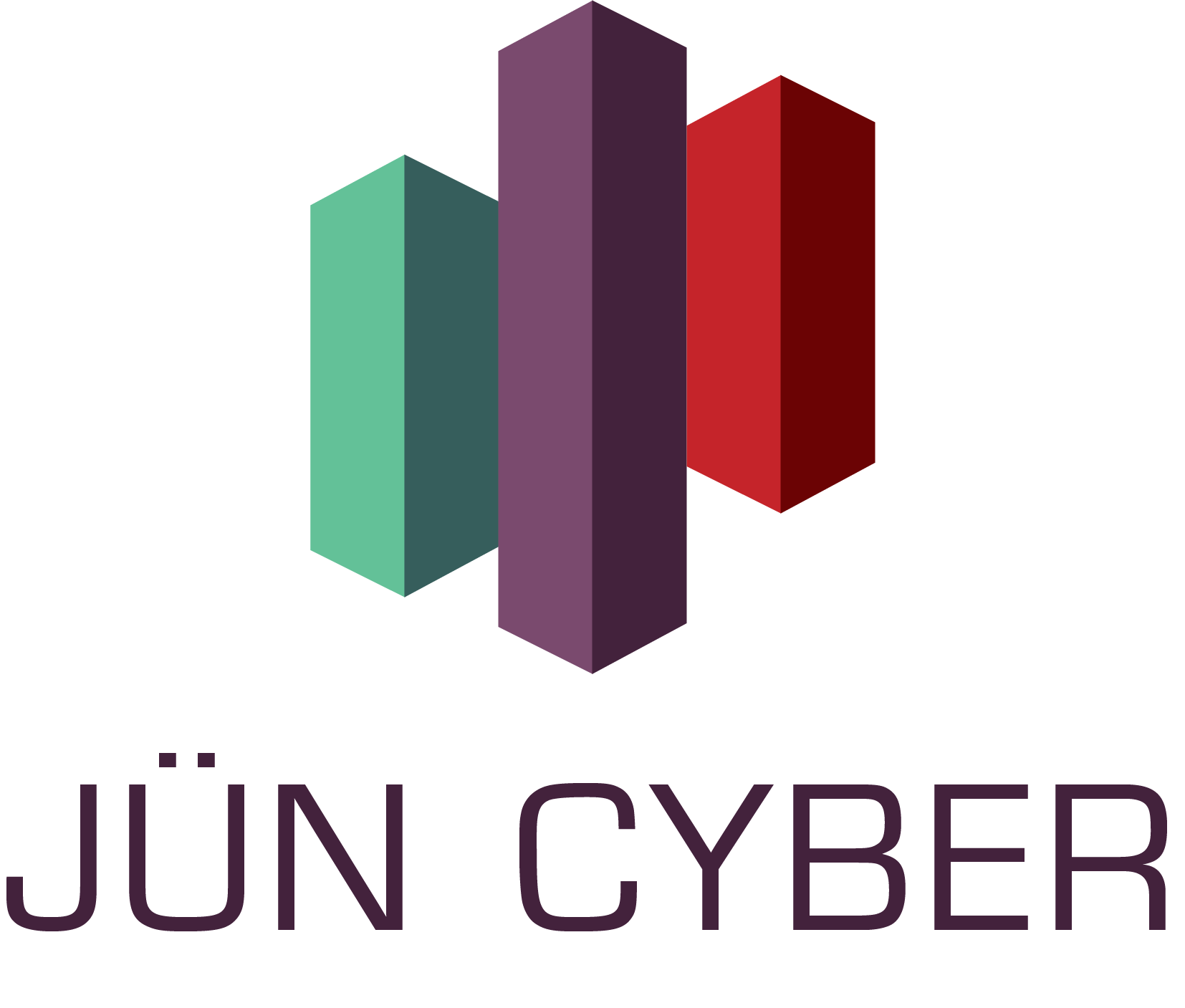
Artificial intelligence is advancing rapidly, bringing both breakthroughs and risks. One major threat is data poisoning, where attackers manipulate training data to undermine AI reliability. This issue is critical, as it can distort AI decision-making and weaken security. To protect AI systems, we must understand these threats and develop strong defenses.
What is Data Poisoning?
Data poisoning occurs when bad actors alter training data to mislead AI models. This can cause biased results, incorrect predictions, or system failures. As AI becomes essential in industries like cybersecurity, healthcare, and finance, attackers have more incentives to corrupt data.
For example, in cybersecurity, poisoned data can weaken threat detection models, allowing hackers to bypass defenses. In healthcare, manipulated AI models could misdiagnose conditions. In autonomous vehicles, poisoned data might lead to unsafe driving decisions. The consequences of such attacks can be severe, making prevention essential.
Challenges in Defending Against Data Poisoning
Defending against data poisoning is complex because attacks can be subtle. Hackers may introduce small changes that go unnoticed but still degrade AI performance. Traditional cybersecurity methods may not detect these manipulations.
Organizations need advanced security measures to combat this threat. AI-driven monitoring tools can detect unusual data patterns or inconsistencies. Regular data validation and audits can help identify suspicious modifications. Additionally, educating staff on AI security best practices ensures faster recognition and response to potential attacks.
Another challenge is balancing data accessibility and security. Open datasets promote innovation, but they also increase exposure to attacks. To reduce risks, organizations must restrict data access while maintaining a secure collaboration environment.
Proactive Strategies for AI Data Security
To defend AI from data poisoning, organizations should adopt proactive security measures:
- Real-time monitoring: Continuously track AI model outputs and compare them to baseline performance.
- Adversarial training: Expose models to simulated attacks to improve resistance against real threats.
- Strict access controls: Limit who can modify training datasets to prevent unauthorized changes.
- Diverse data sources: Using varied datasets can reduce the impact of manipulated information.
- Ongoing education: Train teams on AI security to keep them informed about evolving threats.
A strong security culture helps organizations respond quickly and effectively. As threats become more sophisticated, staying ahead requires constant improvement.
The Role of Regulations in AI Security
Governments and regulatory bodies are recognizing the risks of AI data poisoning. They are introducing standards and guidelines to ensure AI security and integrity. Compliance with these regulations strengthens AI systems and builds trust among users.
Adopting these regulations promotes transparency and accountability. Regular security audits and compliance checks help organizations identify weaknesses and adapt to new threats. Public and private sectors must work together to create robust AI defense frameworks.
Secure Your AI Systems with Jün Cyber
AI security is essential for a trusted digital future. At Jün Cyber, we help organizations protect their AI systems from data poisoning and other cyber threats. Our experts offer customized security solutions to keep your AI models safe and reliable.
Schedule a consultation today to strengthen your AI defenses.
Visit our website: www.juncyber.com
Additional Resources
- CSO Online: What is Cybersecurity? – Learn about cybersecurity fundamentals.
- Forbes: Cybersecurity Standards in the IoT Era – Understand how IoT security standards mitigate risks.
- NIST: Applied Cybersecurity Guidelines – Explore best practices for improving cybersecurity resilience.
